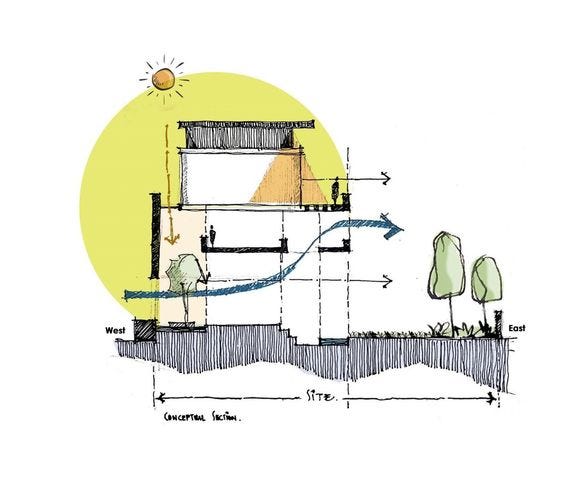An introduction to the classes I offer for young students
Architecture classes taught by an architect
Architecture offers a unique opportunity to develop problem-solving, critical thinking and spatial reasoning skills while students in the classes enjoy responding to a design challenge.
There are several subjects for students to choose from while learning about architecture, what it is and what we do as architects. You can see the topics available here. Once a subject is chosen by the student, I take them through the design process, showing them how architects work, how we draw when communicating to others and how best to show their ideas through drawings, models and the selection of building materials.
At the end of the class series, the student has designed their own project based on the topic they chose by drawing plans, elevations and possibly perspectives and creating a model and/or a materials board. All of this is done while learning more about their chosen subject whether it is a Sustainable House, Airports or any other topic they want to explore.
The classes fit within the STEM and STEAM educational framework because the design process combines creative design with engineering principles and technology.
The individual classes are year-round and our class roll includes students in several countries including Great Britain, New Zealand, Australia, Brazil, Mexico, Barbados, Canada, Columbia, Pakistan, Bangkok, Puerto Rico, Malaysia, Timor, El Salvador, Germany, Spain, the Philippines, Belgium, Switzerland, Germany, Oman, Vietnam and the United States.
An email from a parent:
Hi Dora,
Just wanted to again say thank you for your sessions with Marlee. She is really enjoying them and is excited about the classes and what she’s learned thus far. All of this is right in her wheel house.
I really think she wants to make this her career path and as long as she’s interested we will do what we can to make this all happen. Again thank you!
At each age level, students learn new skills and what they learn in their classes is reinforced through their project activities.
For example:
Math skills:
Drawing floor plans and elevations to scale means that the student needs to add numbers and then show their sums in graphic form which reinforces their understanding of addition. At the same time, the drawing exercises helps them translate numbers into built form.
Students also learn how to convert inches into feet or centimeters into meters which is another way to reinforce concepts in math and see in real life why learning math is essential in everyday activities.
History:
When we look at Egypt, the Modern Movement or contemporary design, much of the focus is on how people live(d). In that way, students understand why certain buildings are more important than others in a society while also creating a greater interest in history aside from learning names and dates.
How things work:
For example in the Amusement Park and Airport classes, students begin to understand how things work behind the scenes and what it takes for these kinds of facilities to function. They think about and we list all that happens in an airport, which is called a program, and where each one of these functions should go, which is termed space planning.
Spatial thinking:
Once the students draw their designs and learn how to draw the space they are in to scale, they are able to bring their designs to life in three dimensions. This aids in the development of spatial thinking.
Learn new skills:
Students learn how to use a ruler, a drawing compass and protractor. The older students, learn how to use a blade properly when cutting paper and cardboard.
All students learn how to read and understand site plans, building plans and elevations.
If you have any questions, please contact me at architecture101@substack.com.
*You can visit my previous website to find out more about me and additional photos of student work.
Dora Taylor



